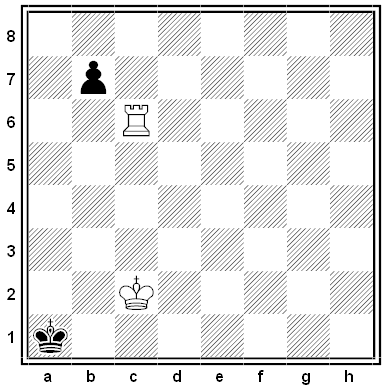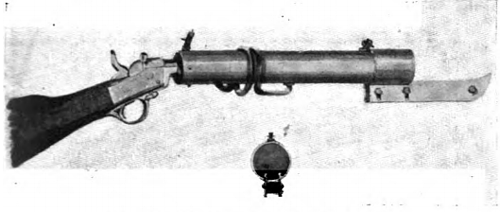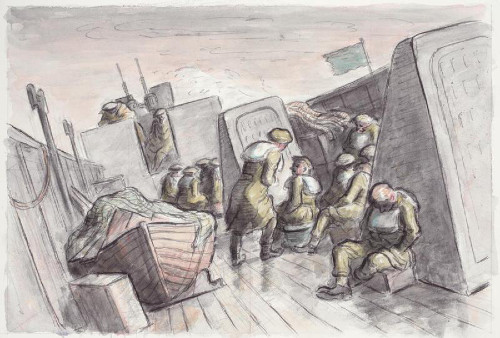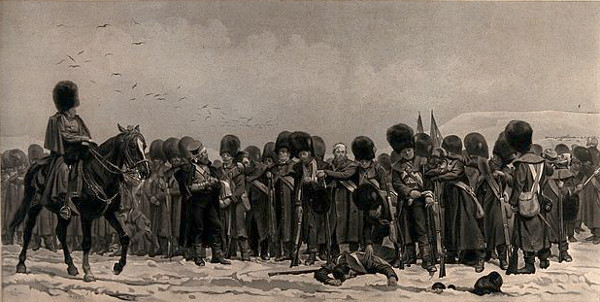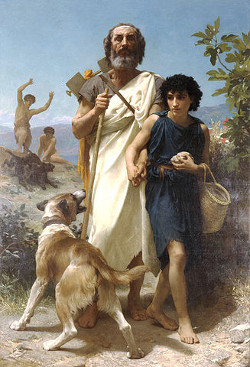
Samuel Butler believed Homer was “a very young woman” living in Sicily. In his 1897 book The Authoress of the Odyssey he argues that the events in the poem fit neatly onto the province of Trapani and its islands. And a careful reading of the action, he says, reveals “jealousy for the honour and dignity of woman, severity against those who have disgraced their sex, love of small religious observances, of preaching, of white lies and small play-acting, of having things both ways, and of money.”
I have touched briefly on all the more prominent female characters of the ‘Odyssey.’ The moral in every case seems to be that man knows very little, and cannot be trusted not to make a fool of himself even about the little that he does know, unless he has a woman at hand to tell him what he ought to do. There is not a single case in which a man comes to the rescue of female beauty in distress; it is invariably the other way about.
“Moreover there are many mistakes in the ‘Odyssey’ which a young woman might easily make, but which a man could hardly fall into — for example, making the wind whistle over the waves at the end of Book ii., thinking that a lamb could live on two pulls a day at a ewe that was already milked (ix. 244, 245, and 308, 309), believing a ship to have a rudder at both ends (ix. 483, 540), thinking that dry and well-seasoned timber can be cut from a growing tree (v. 240), [and] making a hawk while still on the wing tear its prey — a thing that no hawk can do (xv. 527).” He didn’t find many supporters, but Robert Graves took up the idea in his 1955 novel Homer’s Daughter.


